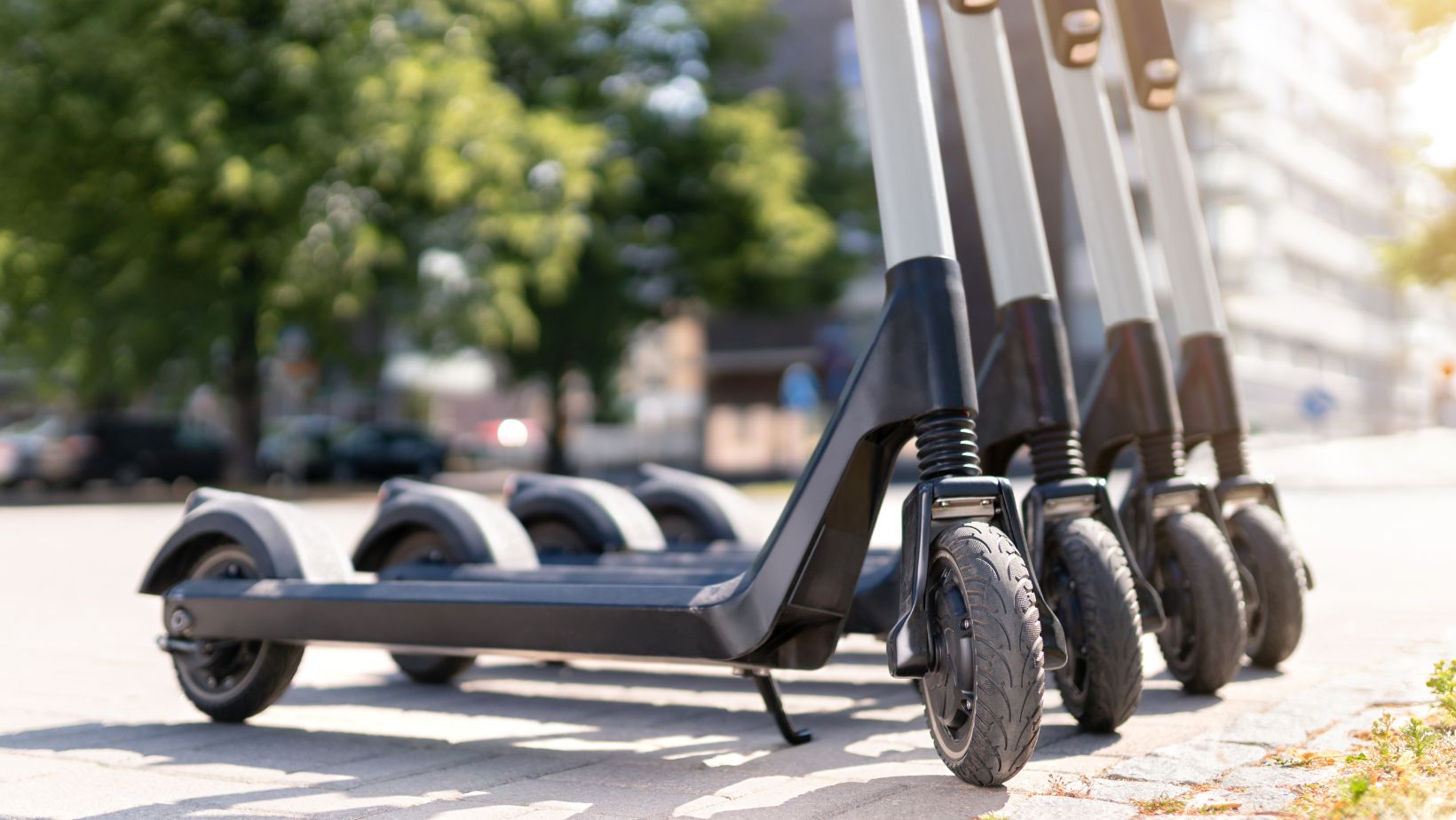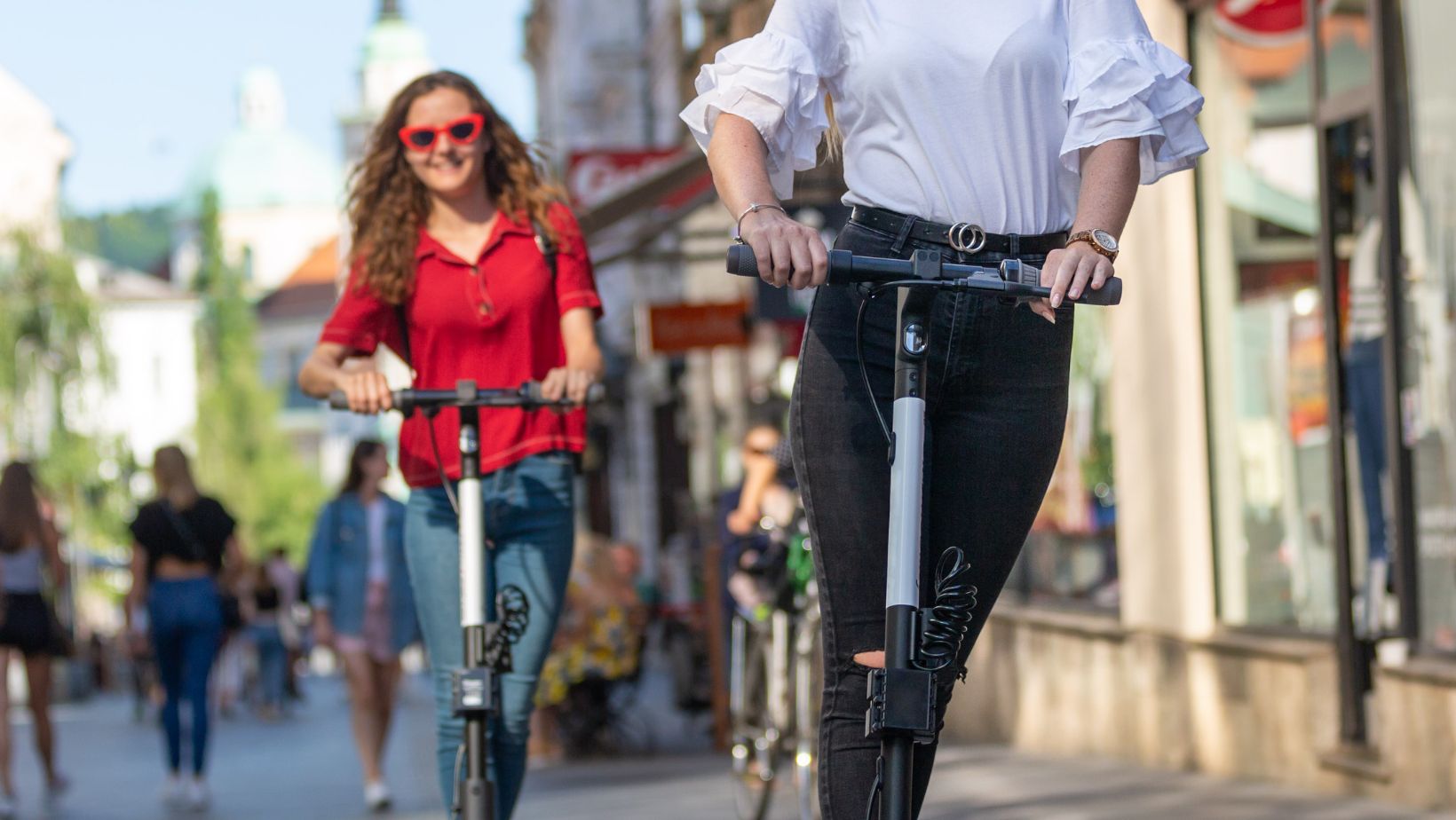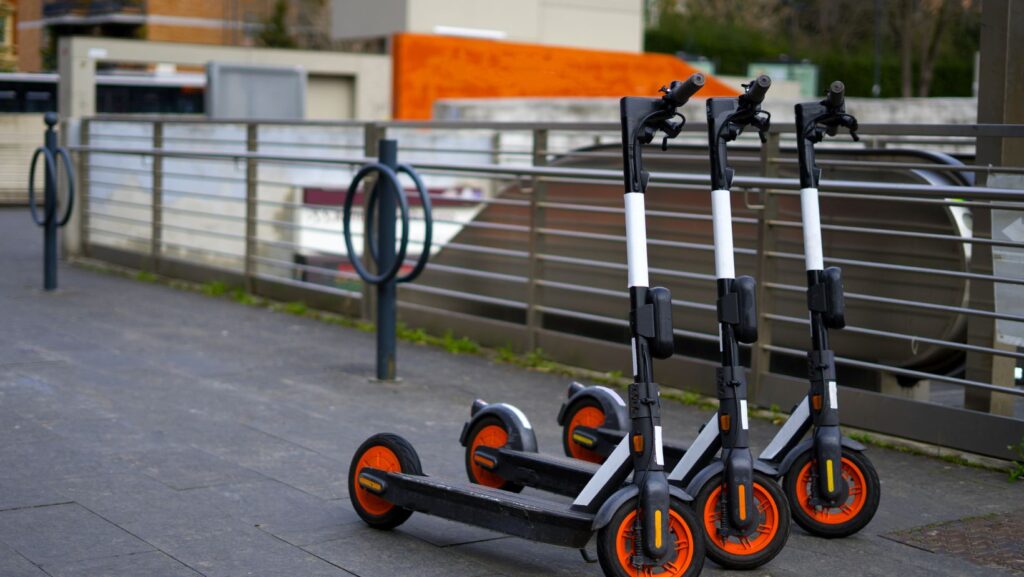Electric scooters have become a popular mode of transportation, especially in urban areas, thanks to their convenience, affordability, and eco-friendliness. However, with the rise in usage, concerns about their safety have also grown. If you’re considering getting an electric scooter—or if you’re just curious about their safety—there are several factors to consider to help you ride more safely and make an informed decision.
1. Safety Features of Electric Scooters
Built-in Safety Features:
- Braking Systems: Most electric scooters come equipped with either drum brakes, disc brakes, or electronic braking systems. Disc brakes tend to provide the strongest stopping power, especially at high speeds. Having both front and rear brakes increases stopping efficiency, while electronic brakes are often combined with physical brakes for smoother deceleration.
- Lights & Reflectors: Many electric scooters are equipped with front and rear lights to increase visibility at night. Some models even have reflective surfaces to help you stay visible in low-light conditions. This is essential for preventing accidents during evening or night rides.
- Tires: The type of tires plays a big role in safety. Pneumatic (air-filled) tires provide better shock absorption, while solid tires are puncture-resistant but can offer a bumpier ride. Tire quality and proper inflation are important for maintaining safe handling.
- Suspension: Scooters with suspension systems in the front and/or rear provide better stability and comfort, especially on bumpy or uneven surfaces. This can help prevent falls or loss of control during rough rides.
2. Speed and Control
Top Speed:
- Electric scooters can reach speeds ranging from 15 mph (24 km/h) to 30 mph (48 km/h), depending on the model. While a higher speed can be thrilling, it also increases the risk of accidents and injuries. Many cities have laws that regulate the top speed of electric scooters, typically limiting them to 15-20 mph (24-32 km/h) on public roads or sidewalks.
Speed Control:
- Throttle Control: Most electric scooters have a throttle that allows you to control your speed, but rapid acceleration can be tricky for beginners. A smooth and gradual increase in speed is recommended to maintain balance and prevent losing control.

- Braking Sensitivity: Sudden, harsh braking can cause you to lose balance, especially at high speeds. Always practice smooth and gradual braking, and avoid abrupt stops.
3. Risk of Accidents and Injuries
Common Injuries:
- Falls: The most common cause of injury on an electric scooter is falling. These can occur due to loss of balance, poor road conditions, or unexpected obstacles. Falls may result in scrapes, bruises, fractures, or more serious head injuries if not wearing a helmet.
- Collisions: Scooters are often involved in accidents with pedestrians, cars, and cyclists. Riders who don’t follow traffic laws or fail to signal turns may be at risk of collisions, especially at intersections or when crossing streets.
- Injuries to Pedestrians: Riders traveling too fast or without proper awareness can also pose a danger to pedestrians, leading to collisions and injuries.
High-Risk Scenarios:
- Night Riding: Riding at night increases the risk of accidents, as visibility is reduced, and it’s harder to spot road hazards. Ensure your scooter has working lights and reflectors if you need to ride in low light.
- Wet or Slippery Roads: Riding on wet or icy roads can lead to slippery conditions that make it harder to stop or maintain control. Electric scooters don’t perform well on snow or rain-soaked roads, so it’s best to avoid riding in these conditions.
4. Legal and Safety Regulations
Helmet Laws:
- In many places, wearing a helmet while riding an electric scooter is either highly recommended or legally required. Helmets can significantly reduce the risk of head injuries in case of an accident. Always check the local regulations regarding helmet use.
Local Laws and Regulations:
- Different cities, states, or countries have varying rules about where and how electric scooters can be used. Some cities may require riders to use bike lanes or forbid scooters on sidewalks. Speed limits are often enforced, and some areas may even have specific rules about age restrictions, scooter registration, or insurance.
- Sidewalk Riding: Some areas ban riding on sidewalks due to the risk of collisions with pedestrians. Be sure to familiarize yourself with the laws in your area.
5. Riding Skills and Experience
Beginner vs. Experienced Riders:
- If you’re new to riding electric scooters, it’s important to practice in a safe area (such as a parking lot) before venturing onto busy streets. Developing balance and mastering throttle and brake control are essential for preventing accidents.
- Ride Defensively: Always be aware of your surroundings, just as you would when cycling or driving a car. Stay alert for obstacles, pedestrians, cyclists, and vehicles, and always follow traffic laws.
- Proper Posture: Keep a stable and upright posture while riding. Avoid riding with one hand off the handlebars or standing too far forward, as this can affect your balance.
6. Maintenance and Inspection
Regular Maintenance:
- Keeping your scooter well-maintained is key to ensuring its safety. Regularly check the brakes, tires, lights, and battery to make sure everything is working properly. Make sure the tires are properly inflated and replace them when worn out.
- If your scooter has a suspension system, check it periodically for wear and tear. Regular maintenance can help reduce the risk of mechanical failure that could lead to an accident.
7. Safety Tips for Electric Scooter Riders
- Wear Protective Gear: Always wear a helmet, and consider additional protective gear like elbow pads and knee pads, especially for beginners. Padded gloves can also help with grip and protect your hands.
- Be Visible: If you plan to ride at night, ensure your scooter has sufficient lighting, and wear bright or reflective clothing.

- Follow Traffic Laws: Stick to bike lanes where possible, respect speed limits, and use hand signals when turning. Always be mindful of other road users, including pedestrians, cyclists, and drivers.
- Check Your Scooter: Before riding, check your scooter for any mechanical issues (like loose bolts or worn-out tires) and ensure the battery is fully charged.
- Avoid Distractions: Don’t use your phone or wear headphones while riding. Stay focused on the road to react quickly to any hazards.
- Avoid Alcohol and Drugs: Never ride under the influence of alcohol or drugs, as they impair judgment and reaction times.
8. Is an Electric Scooter Safe?
In conclusion, electric scooters can be safe if you take proper precautions, follow safety guidelines, and stay aware of your surroundings. Like any mode of transportation, riding an electric scooter comes with inherent risks, but with the right safety measures—such as wearing a helmet, using lights, and practicing defensive riding—these risks can be minimized.
If you’re looking for an environmentally friendly, cost-effective, and fun way to get around, an electric scooter can be a great option, but always prioritize safety first. Keep in mind that safety is not only about the scooter itself but also about how you ride and where you ride.
